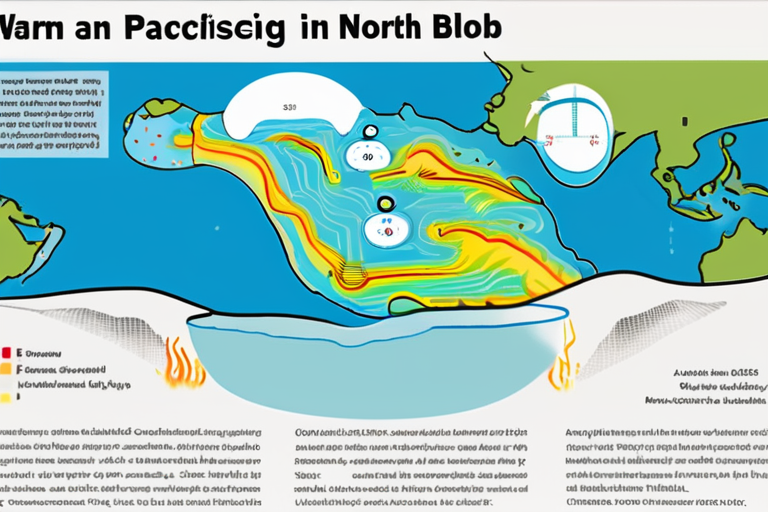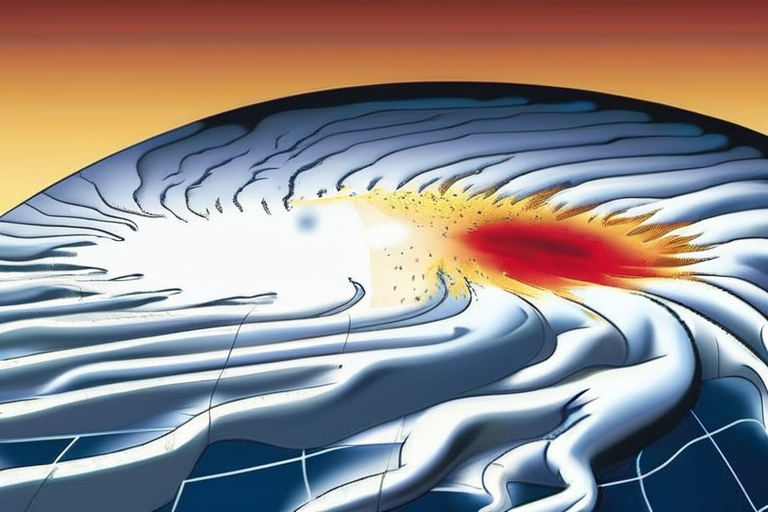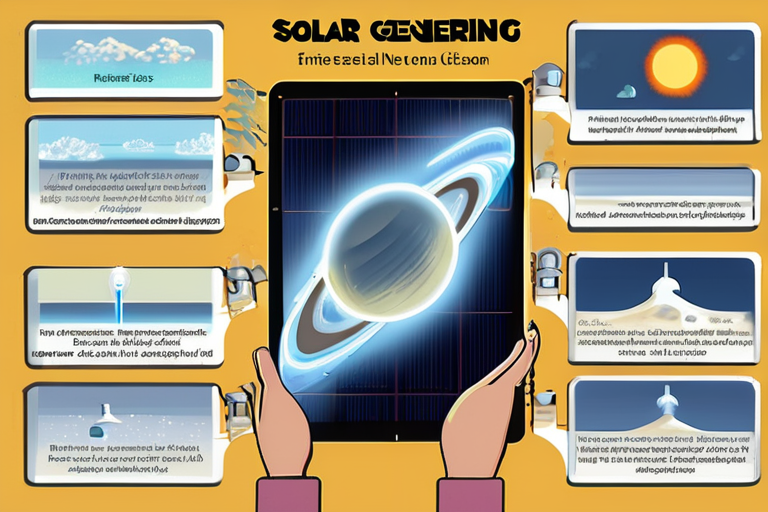Scientists at the Chinese Academy of Sciences have discovered that the Southern Ocean emits approximately 40% more carbon dioxide during the Antarctic winter than previously estimated. This significant finding was made possible by the use of laser-based satellite technology, which allowed researchers to penetrate the polar darkness and uncover a previously hidden seasonal flux.
According to the study, the underestimated wintertime release of CO2 has significant implications for the global carbon cycle and climate models. The researchers used a combination of laser satellite data and artificial intelligence analysis to identify the discrepancy in CO2 emissions. The study's lead author, Dr. Liang Chen, noted that "the laser satellite technology enabled us to see through the polar darkness and accurately measure the CO2 emissions, which was not possible with traditional methods."
The Southern Ocean plays a crucial role in the global carbon cycle, and its wintertime CO2 emissions were previously thought to be relatively low. However, the new study reveals that the ocean's role in the carbon cycle is more complex and dynamic than previously believed. Dr. Chen explained that "the laser satellite technology allowed us to identify a previously unknown seasonal flux, which has significant implications for our understanding of the global carbon cycle and climate models."
The discovery of the underestimated CO2 emissions has significant implications for climate modeling and policy-making. Climate scientists have long relied on estimates of CO2 emissions from the Southern Ocean to inform their models and predictions. However, the new study suggests that these estimates were too low, which could have significant implications for our understanding of climate change.
Dr. John Taylor, a climate scientist at the University of California, noted that "the discovery of the underestimated CO2 emissions from the Southern Ocean is a significant finding that will require a re-evaluation of climate models and predictions." He added that "the use of laser satellite technology to measure CO2 emissions is a game-changer for climate science, and we can expect to see more accurate and detailed measurements in the future."
The study's findings have significant implications for the development of climate policies and strategies. The underestimated CO2 emissions from the Southern Ocean could have significant implications for global carbon budgets and emissions targets. Climate policymakers will need to re-evaluate their estimates and targets in light of the new findings.
The Chinese Academy of Sciences has announced plans to continue using the laser satellite technology to monitor CO2 emissions from the Southern Ocean and other regions. The technology has the potential to provide more accurate and detailed measurements of CO2 emissions, which could have significant implications for climate science and policy-making.
In the coming months, researchers will continue to analyze the data and refine their models to incorporate the new findings. The study's lead author, Dr. Liang Chen, noted that "we are excited to continue using the laser satellite technology to monitor CO2 emissions and improve our understanding of the global carbon cycle."

























Share & Engage Share
Share this article